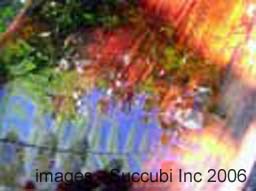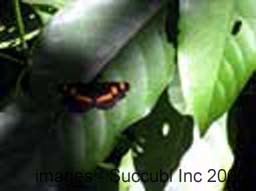The Forests
It was not for nothing that a long forgotten English buccaneer named the island "England's Forest" in the 17th century, nor that the French once called it the Isle of Eden. In 1649 Étienne de Flacourt described the island as a terrestrial paradise in his work on the Island of Madagascar. Before the coming of the flightless biped, and the extinction of another, Reunion Island was a true green paradise. Today, it is one of the world's 25 biodiversity hotspots.

Its history of human occupation reflects that of Mauritius where, today, only two percent of the primordial forest remains. During the 18th and 19th centuries, Reunion was seen as the poor peasant cousin of Mauritius and this, fortunately, was the cause of its "underdevelopment" and the protection of a greater part of its forests - some 40% of the island's surface area is today protected to some degree. However, this was more by accident than design due to the island's topography and the first real steps to protect the island's ecosystem weren't really taken until 1958 and the creation of a 21 hectare national reserve at "Mare Longue" in the south of the island.
Even if Herbert Delisle in 1853 had first sounded the alarm at the rapid destruction of the island's habitat, thousands of hectares were to be destroyed in the production of cash crops for the fat belly of Europe - coffee, spices, and eventually sugar. This is to say nothing of the many species of birds and insects that once inhabited these forests.

It is the work of one man, Thérésien Cadet, who has done the most to raise awareness, study and protect the rich natural heritage of Reunion Island. Cadet was professor at the University of La Réunion and founder of the Laboratory of Vegetal Biology, and the first person who made a comprehensive study of the forest at Mare Longue. In the early 1970's, during the preliminary investigations for his PhD, he drew the attention of the forest managers to the importance of conserving this unique jewel of Réunion's natural heritage.
Today the ONF (the French Forestry Commission) manages >100,000 hectares of forest, some 40% of the island's surface area. It works in collaboration with SREPEN (Local association for the protection of the environment), the University and the Museum of Natural History for the creation and enlargement of natural preserves.
Today, there are eleven natural reserves on the island and a recent study (2002) has proposed an intense and on-going conversation plan. It notes, that whilst Reunion is the better preserved of the three Mascarene islands it faces huge environmental problems. >>>



